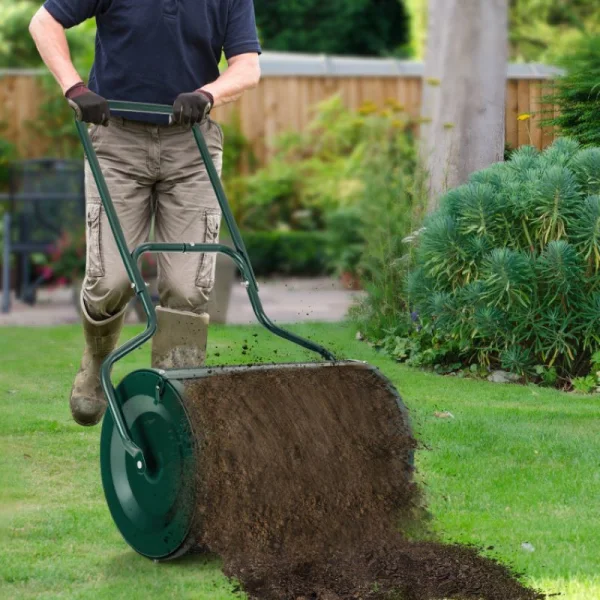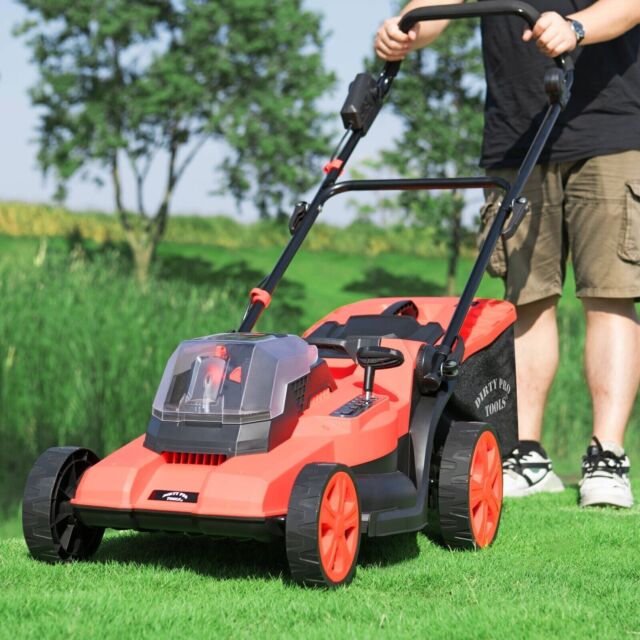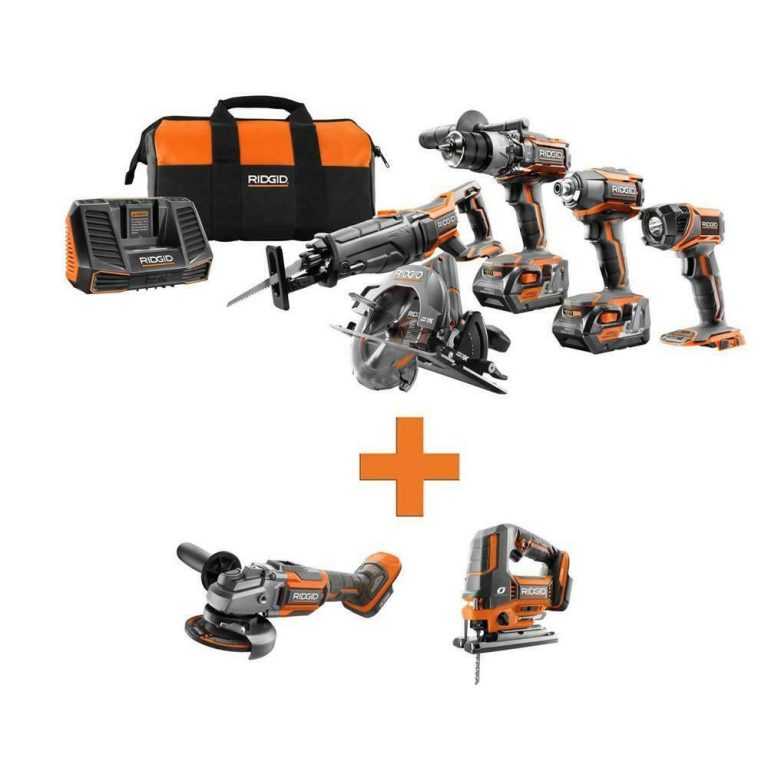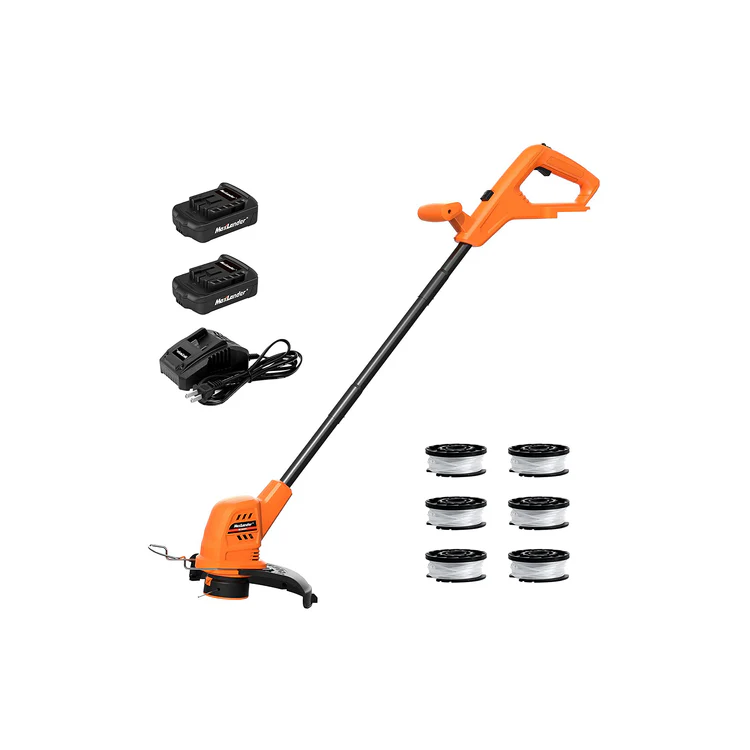
Essential Lawn Care Tools for a Perfect Yard
Essential Lawn Care Tools for a Perfect Yard
Maintaining a lush, green lawn requires dedication, knowledge, and the right set of tools. Whether you’re a seasoned gardener or a newcomer to lawn care, having the proper equipment can make all the difference in achieving that picture-perfect yard. This comprehensive guide will explore the essential lawn care tools every homeowner should have in their arsenal, from basic hand tools to more advanced power equipment.
The Foundations of Lawn Care: Hand Tools
Every lawn care journey begins with a solid set of hand tools. These versatile implements form the backbone of any gardener’s toolkit and prove invaluable for a wide range of tasks. A sturdy garden rake serves multiple purposes, from clearing leaves and debris to spreading mulch and leveling soil. Its tines can also help dethatch lawns, removing the layer of dead grass and roots that can accumulate over time. Pair this with a leaf rake, featuring flexible tines designed to gather fallen leaves without damaging the grass underneath.
For more precise work, a hand cultivator proves indispensable. This three-pronged tool loosens soil, removes weeds, and aerates small areas of the lawn. Don’t forget the humble garden trowel – perfect for digging small holes, transplanting seedlings, and tackling spot-weeding tasks. Round out the hand tool collection with a pair of pruning shears for trimming grass around obstacles and edging flower beds. These basic tools lay the groundwork for more advanced lawn care techniques and prove essential for maintaining hard-to-reach areas where larger equipment can’t maneuver.
Mowing Matters: Choosing the Right Lawn Mower
The lawn mower stands as the cornerstone of lawn care equipment. Selecting the right mower depends on factors such as lawn size, terrain, and personal preferences. For small to medium-sized lawns, a push mower offers an economical and environmentally friendly option. These come in two main varieties: reel mowers, which use a cylinder of blades to cut grass with a precise, scissor-like action, and rotary mowers, which employ a horizontally spinning blade.
For larger lawns or those with mobility concerns, self-propelled mowers reduce the effort required, with options ranging from front-wheel drive to all-wheel drive for tackling slopes. Riding mowers and zero-turn mowers represent the pinnacle of lawn-cutting efficiency for expansive properties, allowing users to cover large areas quickly and comfortably. When choosing a mower, consider factors such as cutting width, adjustable cutting heights, and bagging or mulching capabilities. Proper maintenance, including regular blade sharpening and oil changes, ensures optimal performance and extends the life of this crucial piece of equipment.
Trimming and Edging: Creating Clean Lines and Accessing Tight Spots
While mowers handle the bulk of lawn cutting, trimmers and edgers play a vital role in achieving a polished, manicured look. String trimmers, also known as weed whackers or weed eaters, use a rapidly spinning line to cut grass and weeds in areas inaccessible to mowers. These versatile tools prove invaluable for trimming around trees, fences, and other obstacles. Many models feature adjustable heads that can be rotated for edging along sidewalks and driveways. For those seeking a more precise edge, dedicated lawn edgers create clean, crisp lines between grass and hardscaping.
These tools come in manual versions, which require some effort but offer excellent control, and powered models that make quick work of longer stretches. Some edgers even feature interchangeable heads, allowing them to double as trimmers. When using these tools, always prioritize safety by wearing appropriate eye and ear protection. Regular maintenance, including cleaning and replacing worn string or blades, ensures consistent performance and extends the life of these essential lawn care implements.
Watering Wisdom: Irrigation Tools for a Thriving Lawn
Proper hydration forms the foundation of a healthy lawn, and a range of watering tools can help achieve this goal efficiently. For small to medium-sized lawns, a quality garden hose paired with various sprinkler attachments offers versatility and control. Oscillating sprinklers provide even coverage for rectangular areas, while impact sprinklers work well for larger, circular zones. Soaker hoses excel at delivering water directly to the soil, minimizing evaporation and reducing water waste.
For those seeking a more hands-off approach, automated irrigation systems take the guesswork out of lawn watering. These systems can be programmed to deliver precise amounts of water at optimal times, often incorporating rain sensors to prevent overwatering during periods of natural precipitation. Regardless of the chosen method, investing in a water timer helps prevent overwatering and conserves this precious resource. When watering, aim for deep, infrequent sessions that encourage deep root growth, typically providing about an inch of water per week, adjusted for rainfall and local climate conditions.

Fertilization and Weed Control: Nourishing Your Lawn While Combating Invaders
A lush, green lawn requires proper nutrition, and the right tools can help deliver essential nutrients while keeping weeds at bay. Broadcast spreaders offer an efficient way to distribute granular fertilizers evenly across large areas. These wheeled devices come in various sizes, from small hand-held models for small lawns to larger push or tow-behind versions for expansive properties. For liquid fertilizers or weed control products, backpack sprayers or pump sprayers provide precise application. These pressurized containers allow for targeted treatment of specific areas or spot-spraying of weeds.
When applying any lawn care products, always follow manufacturer instructions carefully and consider using a pre-calibrated measuring cup to ensure accurate dosing. For those who prefer a more natural approach, compost spreaders help distribute organic matter evenly, improving soil structure and providing slow-release nutrients. Don’t forget the importance of soil testing tools, which can help determine pH levels and nutrient deficiencies, guiding fertilization decisions for optimal lawn health.
Aeration and Dethatching: Revitalizing Your Lawn from the Ground Up
Over time, lawns can become compacted and develop a layer of dead grass and roots known as thatch. Aeration and dethatching tools help combat these issues, promoting healthier grass growth. Core aerators remove small plugs of soil from the lawn, alleviating compaction and allowing air, water, and nutrients to penetrate deeper into the root zone. These come in manual versions for small areas, as well as powered walk-behind models and tow-behind attachments for larger lawns.
Dethatchers, also known as power rakes, use rotating tines to remove the layer of dead organic matter that can accumulate between the soil surface and living grass. This process improves air circulation and allows water and nutrients to reach the roots more easily. For light thatch buildup, a specialized dethatching rake can be effective on smaller lawns. When using these tools, timing proves crucial – aim for periods of active grass growth, typically in spring or early fall for cool-season grasses, to allow the lawn to recover quickly from the stress of these treatments.
Power Equipment: Tackling Larger Lawn Care Tasks
As lawns grow larger or maintenance needs become more complex, power equipment can significantly reduce the time and effort required for various tasks. Leaf blowers make quick work of fallen leaves and debris, with options ranging from handheld electric models for small yards to backpack-style gas-powered units for larger properties.
For those with many trees, a chipper/shredder can turn branches and yard waste into valuable mulch. Power tillers and cultivators help prepare garden beds and rejuvenate compacted soil in larger areas. When dealing with overgrown areas or tackling major landscaping projects, a brush cutter can handle thick weeds and small saplings that prove too much for standard string trimmers.
For homeowners in snowy climates, a snow blower becomes an essential tool for maintaining clear walkways and driveways during winter months. When investing in power equipment, consider factors such as noise levels, fuel efficiency, and emissions, especially in areas with strict environmental regulations. Proper maintenance, including regular cleaning, oil changes, and tune-ups, ensures these powerful tools remain ready for action when needed.

Safety First: Protective Gear for Lawn Care
While often overlooked, safety equipment plays a crucial role in lawn care. Protecting yourself from potential hazards ensures a safe and enjoyable gardening experience. Start with a good pair of gardening gloves to shield hands from blisters, thorns, and harmful chemicals. Safety glasses or goggles protect eyes from flying debris when using power equipment or working in dusty conditions.
Ear protection becomes essential when operating loud machinery like mowers, trimmers, and leaf blowers. For tasks involving potential falling objects or low-hanging branches, a hard hat provides valuable head protection. Sturdy, closed-toe shoes with non-slip soles help prevent accidents on wet grass or uneven terrain.
When working with fertilizers, pesticides, or other lawn care chemicals, consider wearing a respirator or dust mask to avoid inhaling harmful particles. Long sleeves and pants offer protection from sun exposure and scratches, while knee pads can provide comfort during extended periods of kneeling. By prioritizing safety and using appropriate protective gear, lawn care enthusiasts can focus on creating beautiful outdoor spaces without compromising their well-being.
Storage and Maintenance: Keeping Your Lawn Care Arsenal in Top Shape
Proper storage and maintenance of lawn care tools not only extends their lifespan but also ensures they’re ready for action when needed. Invest in a sturdy garden shed or designate a dry, well-ventilated area in the garage for equipment storage. Use wall-mounted racks and hooks to keep hand tools organized and easily accessible. For power equipment, follow manufacturer guidelines for off-season storage, including draining fuel or adding fuel stabilizers when appropriate.
Clean tools after each use, removing dirt and debris that can lead to rust or dull blades. Apply a light coat of oil to metal parts of hand tools to prevent corrosion. Sharpen blades on mowers, pruning shears, and other cutting tools regularly to maintain their effectiveness. Keep a maintenance log to track service intervals for power equipment, including oil changes, spark plug replacements, and filter cleanings. By dedicating time to proper storage and maintenance, homeowners can maximize the lifespan of their lawn care tools and ensure they’re always prepared to tackle outdoor projects with efficiency and ease.



